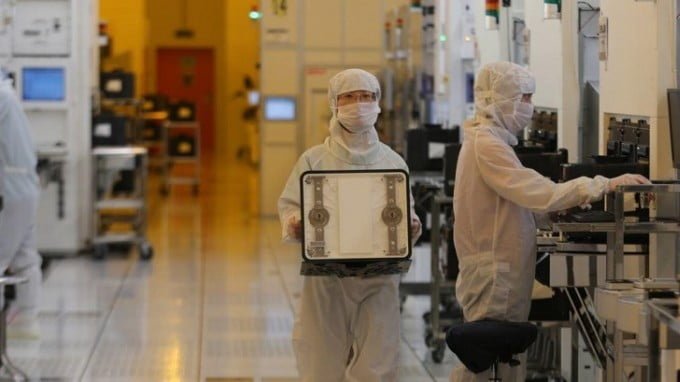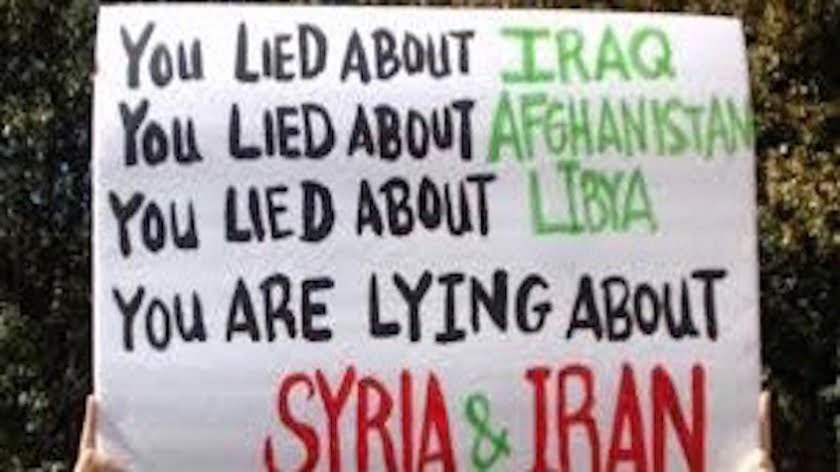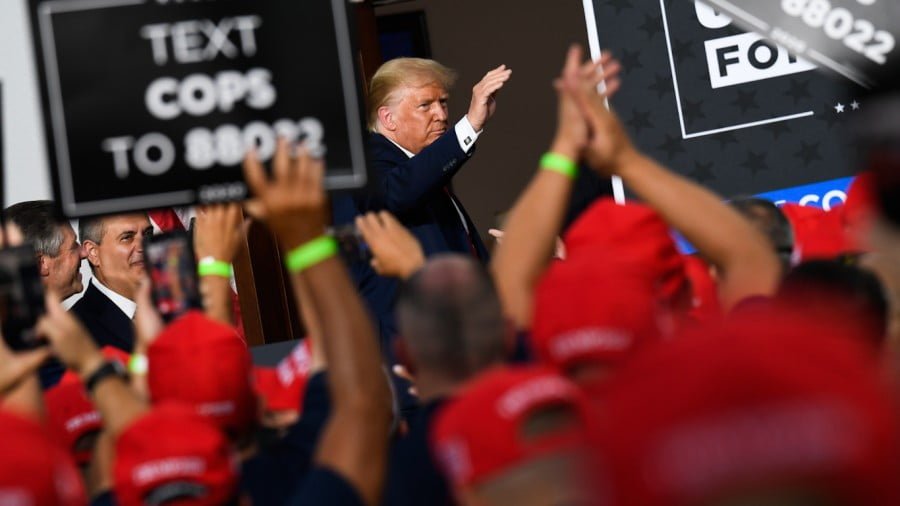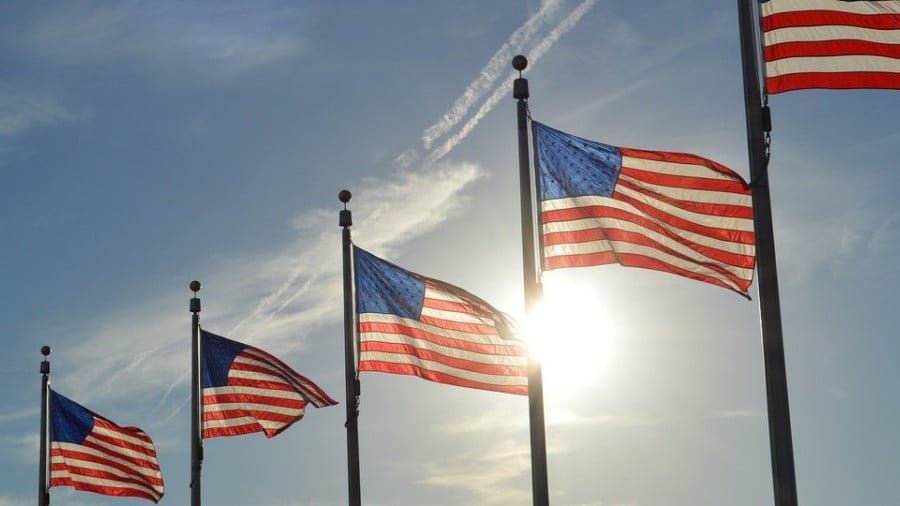The Economic Aspects of a Trade War between Japan and Korea
On 4 July 2020, it will be exactly one year since Japan introduced export restrictions on South Korea on three types of chemicals critical for the microelectronics industry: fluorinated polyimide, hydrogen fluoride, and photoresists. South Korea called that step the start of a trade war.
We should recall the essence of the issue: Japan highlights 1,120 product names that it calls strategic, and controls exports of them. Out of those, 857 are considered “sensitive”, and exporting them to countries that are not on a list of preferential trading partners for Tokyo requires separate permits, and these are strictly kept track of.
On 1 July 2019, Japan changed its export regulations for three key materials that have to do with manufacturing semiconductors (with overarching authority to issue separate permits), and announced that it is crossing South Korea off its “white list” of countries that enjoy a simplified process to export strategic materials. Officially, this is because Seoul does not control trade in materials that could be used for military purposes. However, Tokyo did not offer any grounds to substantiate its assertions, and Seoul believes that the restrictions are politically motivated by decisions made by the South Korean Supreme Court, which urged Japanese companies to compensate the surviving South Korean victims who were forced into labor in wartime.
In response, South Korea crossed Japan off its list of reliable partners, and in September 2019 petitioned the World Trade Organization (WTO) to act as an intermediary; it also did not prolong the General Security of Military Information Agreement (GSOMIA).
How did the trade dispute subsequently develop, and what is the current outcome?
On 22 November 2019, both parties agreed to resume a political dialogue, and temporarily halted the dispute resolution process at WTO for the time of that dialogue. During talks, Japan explained that several factors served as the reasons for tightening export procedures to Korea: the termination of a bilateral political dialogue, insufficient control on the part of South Korea when exporting strategic materials, and a shortage of South Korean professionals involved in export control.
On 12 May 2020, Lee Ho-hyeon, the director of the Department of Trade Policy at the South Korean Ministry of Trade, Industry, and Energy announced that by the end of May Japan should make its position clear on barring South Korea from its list of preferred partners and introducing export restrictions on the three critical chemicals. Representatives from the ministry stated that the Korean government had made amendments to its laws on foreign trade, creating a department for trade and security policy, so Japan now has no barriers to exporting to Korea.
Tokyo did not respond by that deadline (another version states that the response given “was different from what was expected”), and on 2 June 2020 South Korea proclaimed that it would lodge a complaint with the WTO again to “prevent a lack of clarity in regard to the global supply chain for companies in both countries, and to prove that the actions taken by Japan are unlawful and unfair.”
On 30 June 2020, Hong Ji-sang, a researcher at the Korean International Trade Association, stated that Japan might introduce new export restrictions against South Korea if the South Korean courts order the sale of assets seized from one Japanese company that ignored the ruling on paying out compensation to the victims of forced labor.
Most likely, the decision to create a committee to help resolve the trade dispute between South Korea and Japan will be made on the 29 June, and the Korean side intends to increase the likelihood of a “good decision” by having the current Korean trade minister, Yoo Myung-hee, run for the director-general position at the WTO. However, а) Japan will not sit idly by b) being crossed off the whitelist does not entail a complete ban on exports c) the litigation procedure will take a long time, and most likely several years. In addition, the structure of WTO is itself now experiencing serious difficulties.
To what extent has Seoul been able to get rid of its dependence on Japanese export deliveries? No serious disruptions in the manufacturing of chips and display screen have been observed in Korea. LG Display, back in October 2019, was able to completely switch out Japanese hydrogen fluoride with a Korean equivalent.
On 17 June 2020, SK Group stated that its subsidiary, SK Materials, has started manufacturing high-quality hydrogen fluoride on a large scale, building a plant in the province of Gyeongsangbuk-do. By 2023, it intends to boost its share of the raw material in the overall scope of demand for the product up to 70%.
According to data for the summer of 2020, Korea’s dependence on photoresists and etching gas imported from Japan decreased by 6% and 33%, respectively, since companies have diversified their routes for deliveries by adding Belgian and Taiwanese companies. The dependence on Japanese fluorinated polyimide remains at more than 90%, but its impact on domestic businesses is limited because many companies have started to manufacture this material themselves. Among those is the company Kolon Industries.
Let us look at the effects of a war on transportation and tourism. From July to October 2019, the volume of people traffic between South Korea and Japan was 5,430,000 people, which amounted to 21.2% fewer people than during the same period of the previous year. However, after that this traffic dived down to almost nothing due to the coronavirus pandemic, with air traffic volume between Korea and Japan shrinking by 90%.
Altogether, in 2019 exports from South Korea to Japan decreased down to 28 billion USD, by 6.9% in 2019 in comparison with the previous year. South Korean imports from Japan decreased by a wider margin: by 12.9%, down to 47 billion USD.
South Koreans love to point out beer deliveries, since before 2018 South Korea was the largest importer of Japanese beers. However, in November 2019 that decreased by 48.7%, in January 2020 by 98.2%, and in April it fell by 87.8% in comparison with the previous year.
Nonetheless, even though Korean media constantly writes about how a “trade war will cause more harm to Tokyo than the other way around”, and that “Japanese organizations in areas affected by the bans continue to incur tremendous losses”, the Japanese net trade surplus has shrunk but not vanished, not to mention that Seoul is not the only place that is involved in diversification. Furthermore, as stated in a report put out by the Korean International Trade Association, Korea remains dependent upon Japanese industrial-grade materials and components even after Seoul has put forth efforts to localize those materials. Out of 100 goods whose annual imports from Japan amount to more than 1 million dollars, and the dependence on imports in Tokyo exceeds 70%, 57% were classified as semiconductor devices, plastic materials, or petrochemicals.
“Taking into account that the materials affected by Japanese export restrictions last year fell under the category of sensitive strategic goods, other goods in this category could become affected if Japan introduces additional export restrictions,” states the report. And, even though the efforts made by Korea to diversify its trading partners, and to localize production for key materials, did prevent the failure of Korea’s domestic industry to ensure security for those materials, domestic businesses and the government both need to keep careful track of the situation and try their hardest to eliminate any uncertainty that exists along their supply chains.
Let us recap. It is good that the coronavirus epidemic crowded this topic out of the news, and at the same time happened to show what real, not hypothetical, damage to the economy means. For example, due to virus-related reasons outbound cargo shipments from South Korea caused by the pandemic fell by 23.7%.
This is because, if we take South Korean proclamations off the table and look at the facts, then it becomes clear that as far as Japan is concerned there is no trade war. There is no campaign to boycott Korean goods that at times turns into outright racism, and is led at a government level by proxy via devoted, patriotic organizations. In essence, the Koreans were simply demoted from a first-class level of service to a regular one, and strategic material shipments are still being dispatched – just with a lot of bureaucratic red tape.
Generally speaking, since the time the trade war started Japan has – more than 12 times – granted approval to export these types of raw materials to South Korean companies. However, in the opinion of Korean media outlets, “this does not mean that the position taken by Tokyo is changing.” In their opinion, sending hydrogen fluoride was allowed because the 90-day deadline to review the request to sell this product had already expired. If that deadline had been broken, then that fact could have been used against Japan during litigation at the WTO.
As a result, endless bickering between the two countries continues “on different fronts” – from claims for compensation to victims of forced labor during the colonial period to issues of historical memory. But more about those in other write-ups.
By Konstantin Asmolov, Ph.D.
Source: New Eastern Outlook







